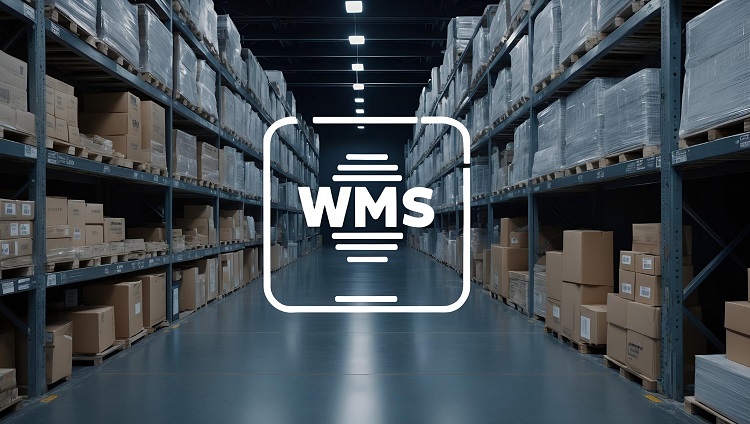5 Common Challenges in Warehouse Operations and How a WMS Can Solve Them
Warehouse operations face numerous challenges that can disrupt workflows, increase costs, and negatively impact customer satisfaction. From managing inventory to fulfilling orders, inefficiencies in the warehouse can lead to delays and errors. Implementing the right system can make a difference, and understanding what is a WMS is the first step.
1. Inaccurate Inventory Management
Next critical issue is inefficient order fulfillment. Picking, packing, and shipping processes can be time-consuming and prone to mistakes when managed manually. What is a WMS, and why is it essential here? A WMS automates these processes, providing warehouse workers with optimized picking routes and real-time updates. This reduces the time spent searching for items and ensures that orders are packed correctly, ultimately improving customer satisfaction.
2. Inefficient Order Fulfillment
Critical issue is inefficient order fulfillment. Picking, packing, and shipping processes can be time-consuming and prone to mistakes when managed manually. A WMS automates these processes, providing warehouse workers with optimized picking routes and real-time updates. This reduces the time spent searching for items and ensures that orders are packed correctly, ultimately improving customer satisfaction.
3. Poor Space Utilization
Space utilization is also a significant concern for warehouses, especially those dealing with high volumes of products. Poorly managed storage areas can lead to bottlenecks, making locating and accessing inventory difficult. A WMS analyzes storage layouts and suggests optimal arrangements based on product size, weight, and turnover rates. By maximizing storage efficiency, businesses can reduce clutter and ensure that workflows remain smooth.
4. Challenges in Labor Management
Labor management is another area where warehouses face challenges. Inefficient task allocation can result in overworked staff, missed deadlines, and increased labor costs. A WMS helps by assigning tasks dynamically based on workload, employee skill levels, and real-time priorities. This improves productivity and ensures a better working environment for staff, reducing burnout and turnover.
5. Scalability Issues for Growing Businesses
Scalability is a final challenge, particularly for growing businesses. As operations expand, managing larger inventories, more locations, and additional staff becomes increasingly complex. A WMS is designed to grow with your business, adapting to new requirements and integrating with advanced technologies like IoT and robotics. This ensures that your warehouse can scale efficiently without the need for costly system overhauls.
Transforming Challenges into Opportunities with a WMS
Overcoming these challenges starts with understanding what is a WMS, and how can it drive success. A WMS provides businesses with a reliable foundation for success. Implementing a WMS is not just about solving existing problems but also about future-proofing operations. With real-time data insights, automation, and optimized workflows, businesses can ensure smooth operations and stay competitive in a rapidly changing market.
The challenges faced by warehouse operations are significant, but they are manageable. Investing in a Warehouse Management System is a proactive step towards addressing these issues and achieving greater efficiency. Whether it’s improving inventory accuracy, optimizing space, or enhancing labor management, a WMS is a powerful tool that can transform your warehouse into a well-oiled machine.

